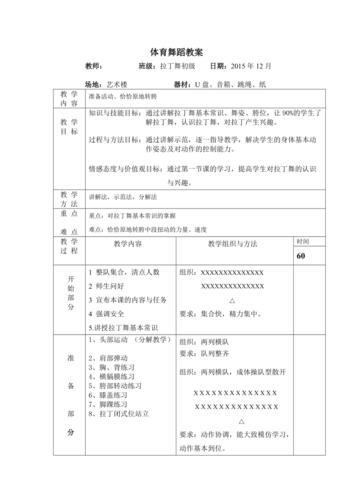Incorporating sign language into early education is not only beneficial for children with hearing impairments but also for all children as it enhances their communication skills, cognitive development, and empathy. Dance is a fantastic medium to engage children in learning, combining movement with language acquisition. Below is a comprehensive lesson plan that integrates English sign language with dance, fostering holistic development in young learners.
The objective of this lesson plan is to introduce basic English vocabulary through sign language while incorporating movement and dance, promoting language acquisition, motor skills development, and cultural appreciation.

1. Music player with upbeat children's songs.
2. Flashcards with pictures representing vocabulary words.
3. Open space for dancing and movement.
4. Optional: mirrors for selfreflection and assessment.
Gather the children in a circle and explain the purpose of the lesson.
Start with a simple warmup activity to get the children moving and ready to learn. This could include stretching exercises or a short dance routine to lively music.
Show flashcards with pictures of common objects or actions (e.g., animals, fruits, emotions).
Introduce each vocabulary word verbally while simultaneously demonstrating the corresponding sign language gesture.
Encourage children to mimic the signs and repeat the words aloud.
Demonstrate a simple dance routine that incorporates movements related to the introduced vocabulary.
Break down the routine into smaller steps, ensuring that children can easily follow along.
Play music and guide the children through the dance routine, emphasizing the use of sign language gestures for the vocabulary words.
Repeat the routine multiple times, gradually increasing the pace as the children become more familiar with both the movements and the signs.
Provide individual assistance to children who may need extra support in learning the signs or dance steps.
Allow children to create their own dance moves inspired by the vocabulary words and signs learned during the lesson.
Encourage them to work in small groups or pairs to choreograph short routines incorporating both movement and sign language.
Provide guidance and support as needed, fostering creativity and collaboration among the children.
Lead the children in a gentle cooldown activity, such as slow stretching or deep breathing exercises.
Gather the children in a circle and facilitate a brief reflection on the lesson. Ask questions such as:
What new words did you learn today?
Which sign language gestures did you find most interesting or fun?
How did dancing help you remember the vocabulary words?
Incorporating sign language into dance lessons not only enhances language development but also promotes cultural awareness and inclusivity. By engaging children in interactive and multisensory learning experiences, educators can create a supportive environment where every child can thrive and grow.

一则关于副部朱芝松被查的消息引起了广泛关注,据报道,朱芝松因涉及某些...

百名英国女性声称因长期使用强生爽身粉而患上癌症,这一事件不仅引起了公...

更换遥控器钥匙的电池。航海家电动尾门就是汽车的电动后备箱,发现电动尾...

亲爱的朋友们,今天我们来聊聊一个备受关注的话题:初次登记结婚有150...

Hello大家好,欢迎来到小蚊子聊车!今天为大家带来2020年10月...